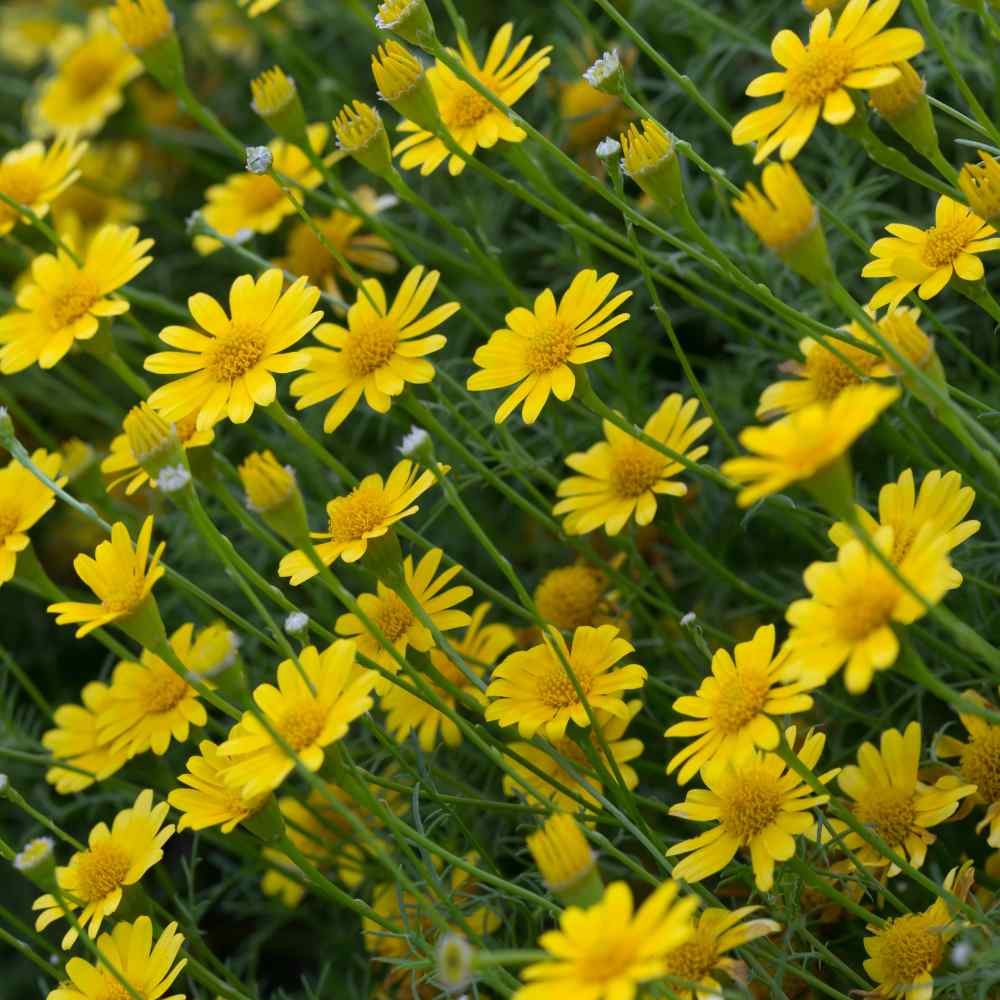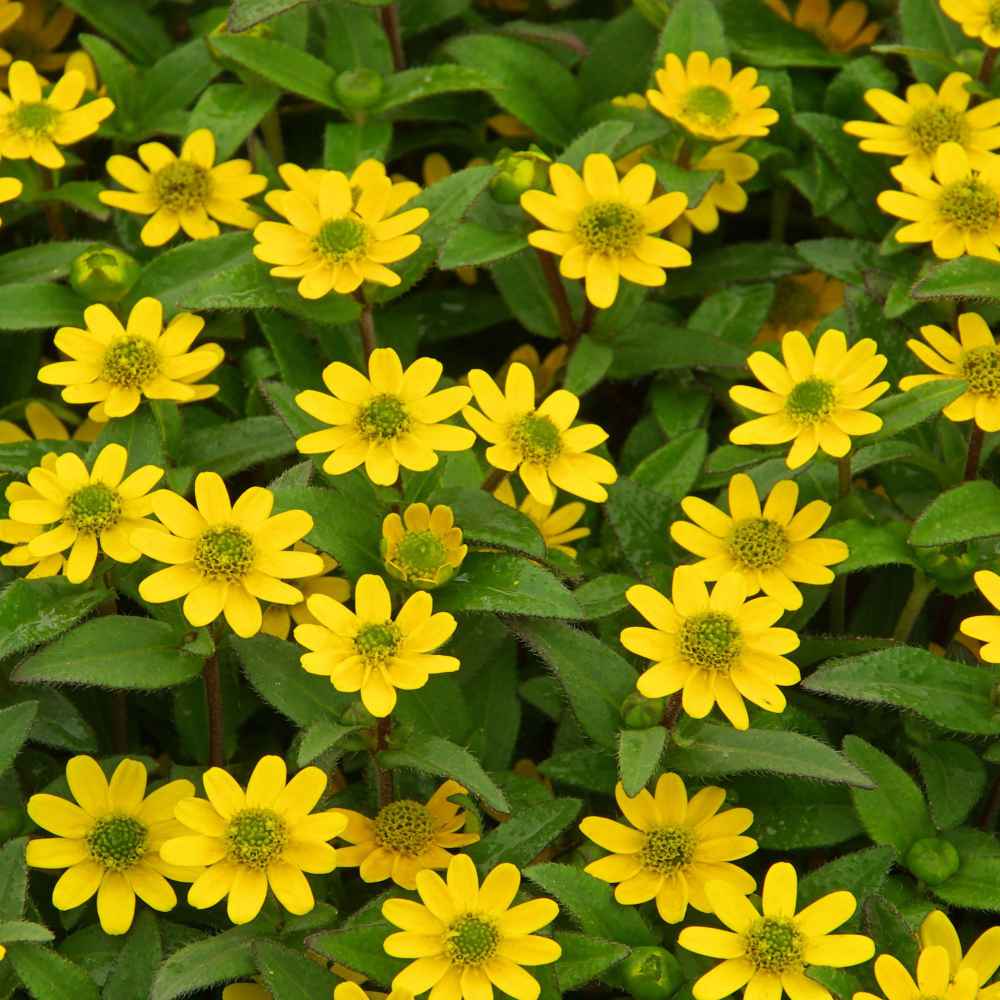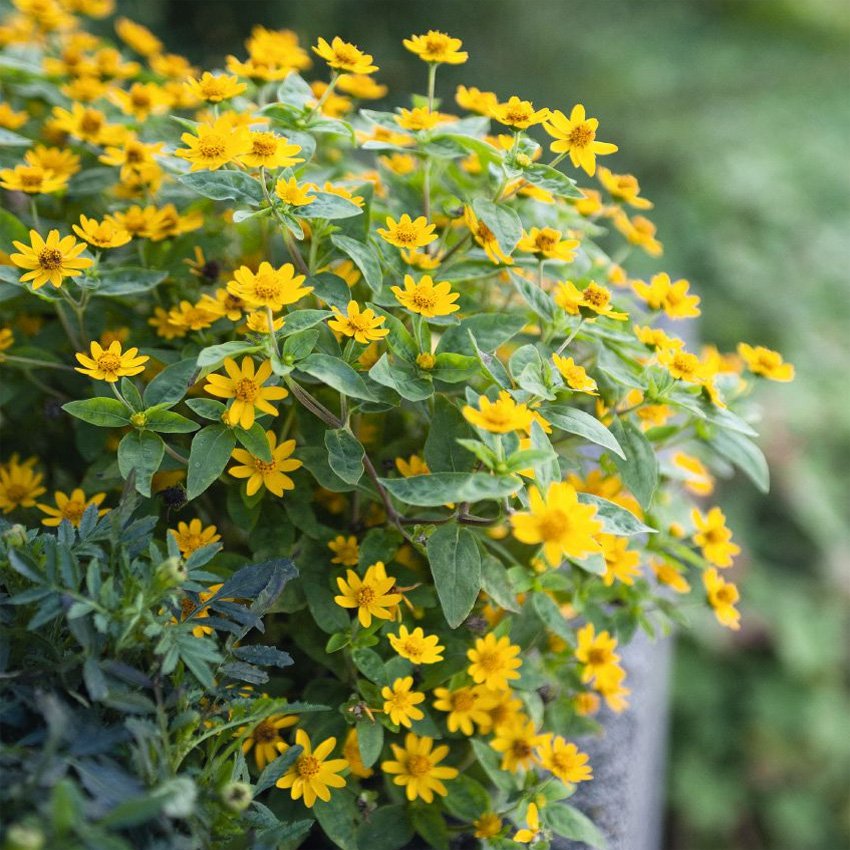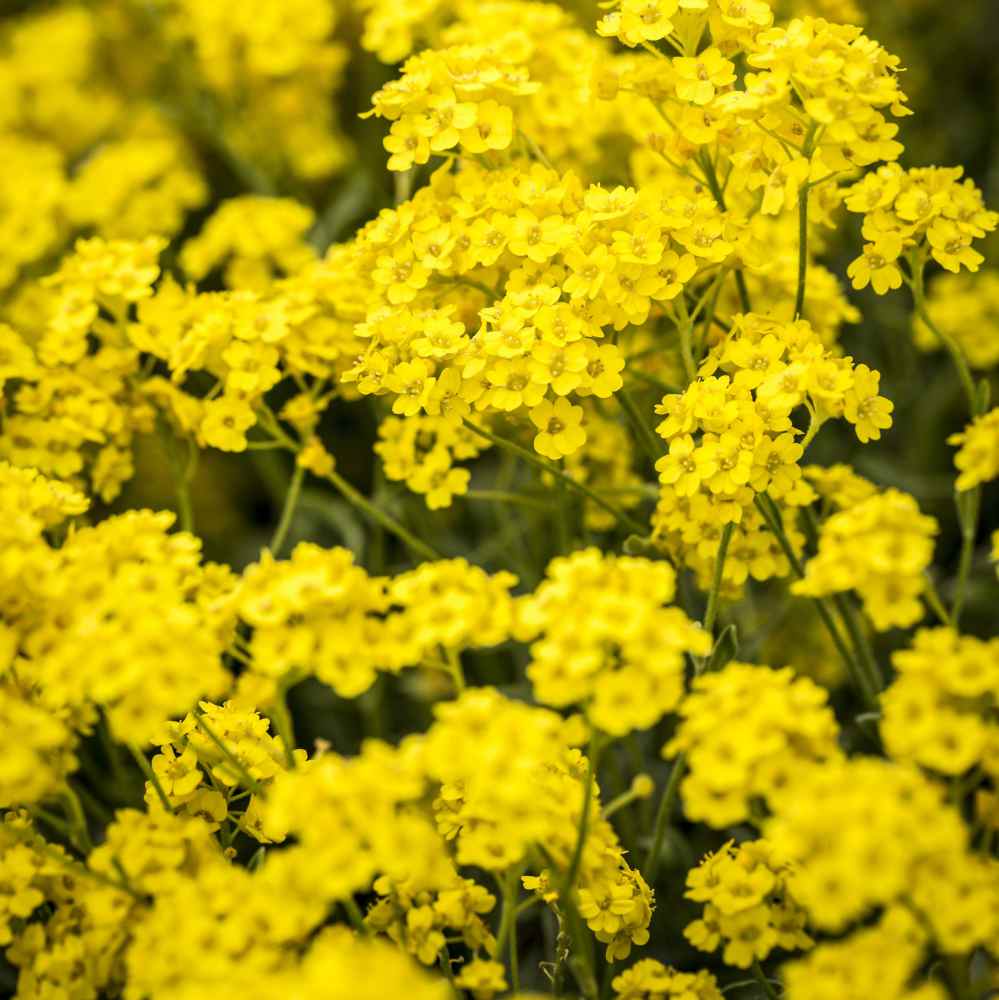
Dahlberg Daisy Planting and Care Guide
Quick Facts About Dahlberg Daisy
Dahlberg Daisy is an annual groundcover that features abundant yellow blooms. When crushed or bruised, its leaves produce a strong, lemon-like scent. Dahlberg Daisy will die with frost, but sometimes can survive for two or three years if winters are mild.
Planting Time
Dahlberg Daisy can be started indoors 6-10 weeks before the last expected frost, or directly outdoors after all frost danger has passed.

Planting Location
Dahlberg Daisy should be planted in an area of full sun in poor, dry (even rocky or sandy) soil. This plant is not a fan of heavy rainfall or high humidity.
How to Grow Dahlberg Daisy
- For indoor planting, sow seeds into trays or small pots filled with a seed starter mix.
- If sowing directly outdoors, first prepare a seedbed by removing weeds and breaking up soil.
- Surface sow 3-5 seeds per plant. Lightly press into soil without covering.
- Keep seeds moist and at a temperature of 65-70F degrees until germination. Under proper conditions, seeds should germinate in 1-2 weeks.
- Once indoor seedlings have a few sets of true leaves, thin to the strongest seedling and transplant outdoors spaced 8 inches apart.
- Before transplanting seedlings into the garden, it's essential to "harden them off". This involves acclimating young plants to outdoor conditions by placing them in a sheltered outdoor area for about a week. Initially, shield them from strong winds and direct sunlight. If there's a risk of frost overnight, either cover the plants or bring them indoors, then return them outside in the morning. This hardening off method helps strengthen the plant's cell structure, minimizing transplant shock and sun damage.

Care And Maintenance
- Keep weeds under control during the growing season. Weeds compete with plants for water, space and nutrients, so control them by either cultivating often or use a mulch to prevent their seeds from germinating.
- Mulches play a vital role in preserving soil moisture and ensuring consistent soil temperatures. When it comes to annuals, using organic mulch made from shredded leaves not only enhances the appearance of the bed but also enriches the soil as it decomposes over time. Remember to keep mulch away from the plant stems to avoid potential rot issues.
- Water plants occasionally until established. Mature plants prefer dry soil, and only require moderate watering.
- Dahlberg daisy tolerates poor soil, and does not require fertilization. It can grow in shallow, sandy, and rocky soil.
- Deadhead spent blooms to encourage further blooming and prevent self-sowing (if not desired).




































